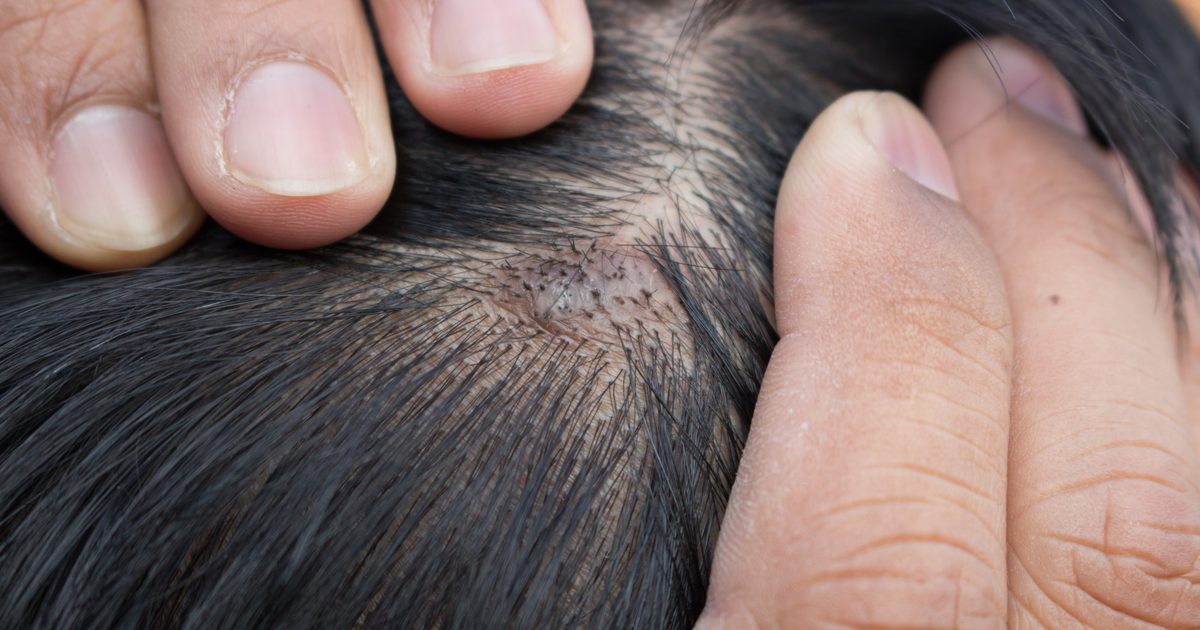Ways To Identify A Pilar Cyst
A pilar cyst is mostly harmless. It might appear around a hair follicle and eventually disappear without treatment, and it rarely comes with any side effects. Without symptoms, individuals might be surprised to find a cyst like this on their body. It is painless, it does not cause other symptoms, and it sometimes feels as if it just appears out of nowhere. A pilar cyst is like any other cyst in that it is a small bump filled with fluid formed beneath your skin. It is not uncommon to have one, and it is nothing to worry about. However, individuals should know what they are dealing with when a pilar cyst appears, and these are the most identifiable methods of diagnosis.
Location Of The Cyst

The location of the cyst matters when individuals are trying to determine whether or not it is a pilar cyst. This type of cyst grows around hair follicles, which is why this is the most identifiable trait. It is not common on areas of the body not along the scalp. Only ten percent of pilar cysts are found on parts of the body that are not the scalp, so locating one on the scalp is easy. It is not uncommon, but it is most common in older men between forty-five and sixty-five.
It is most common on the scalp rather than other hair follicles on other areas of the body, which helps individuals identify it faster. While this type of cyst might be most common in men of a certain age, it is not impossible for women and men who do not fall into this age range to develop a pilar cyst. It is also important to note one pilar cyst is uncommon. Most individuals develop several at one time, which is another very identifiable trait of this type of cyst.
Size Of The Cyst

The size of the cyst matters as well when trying to identify a pilar cyst. Pilar cysts are not overly large, but they do grow slowly. This means it is unlikely patients will notice it growing until it is on the larger size. Most pilar cysts fall between half a centimeter and five centimeters, but no two people will have the exact same size pilar cyst. If individuals developed more than one pilar cyst, they can also expect most of them are different sizes and shapes. Few will look too much like another, which is another identifiable trait of pilar cysts.
If individuals notice a cyst growing around their hair follicle is significantly larger than five centimeters, it could indicate they are dealing with a different type of health concern. It is not common for pilar cysts to grow so large, but that also does not make it impossible for one to grow larger than the standard size.
